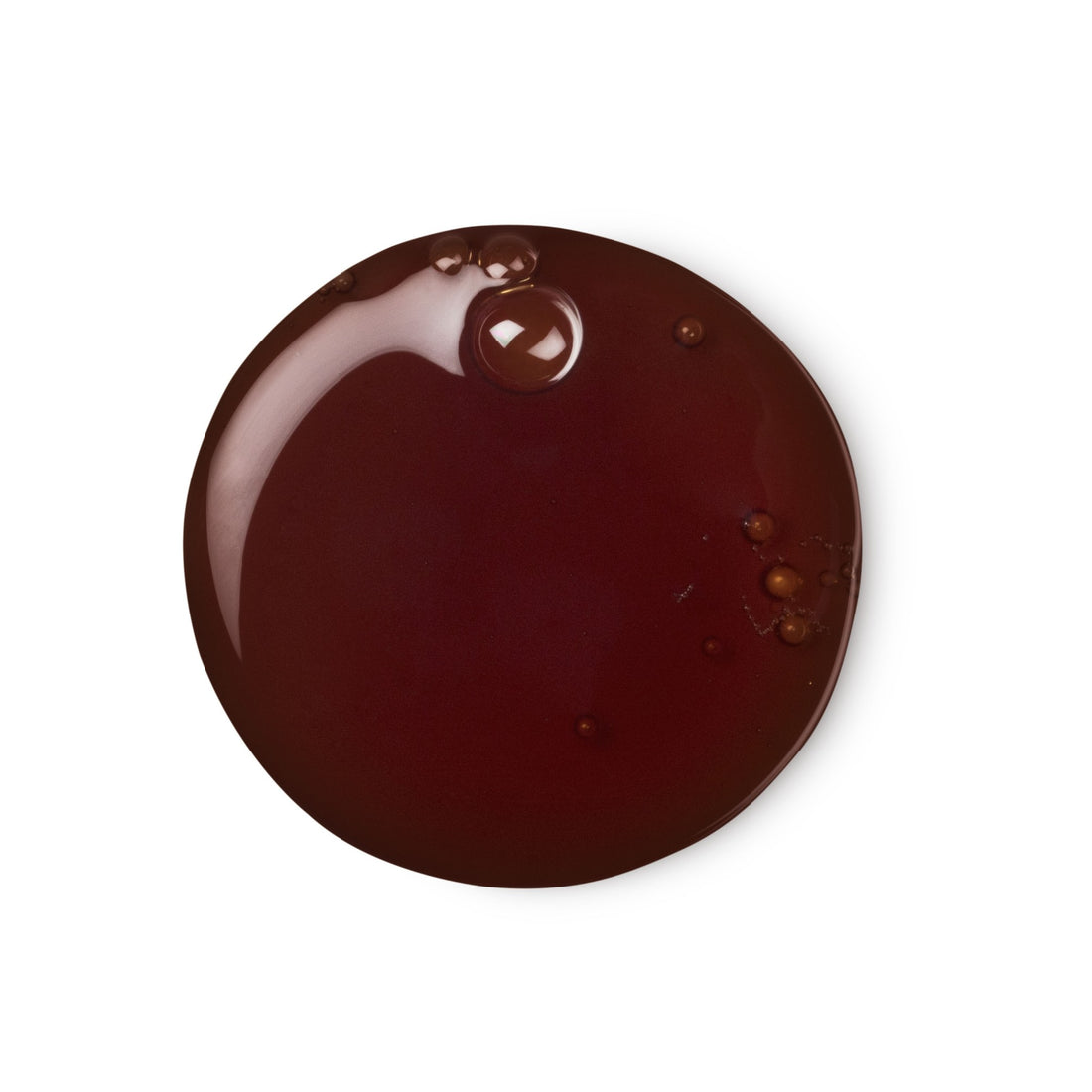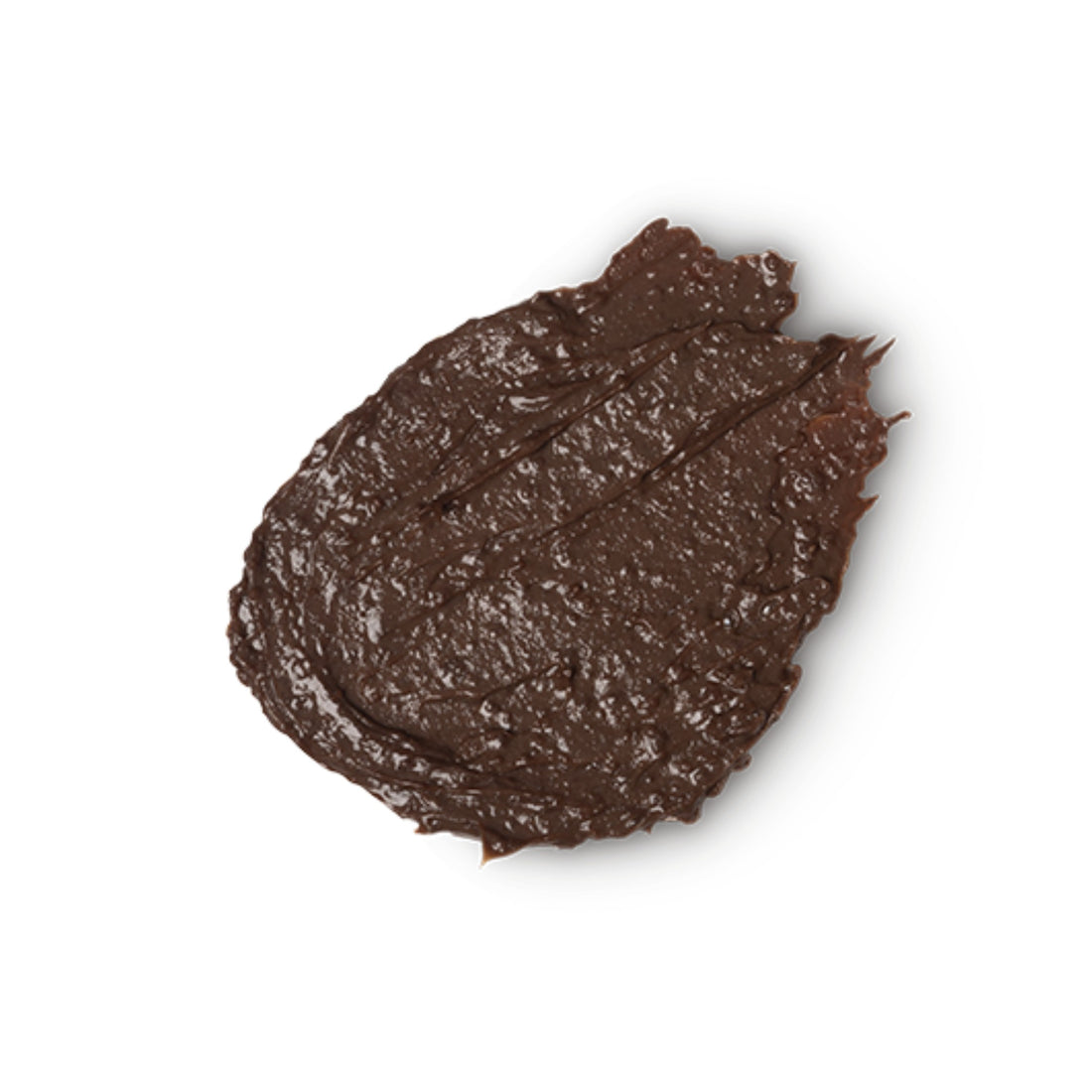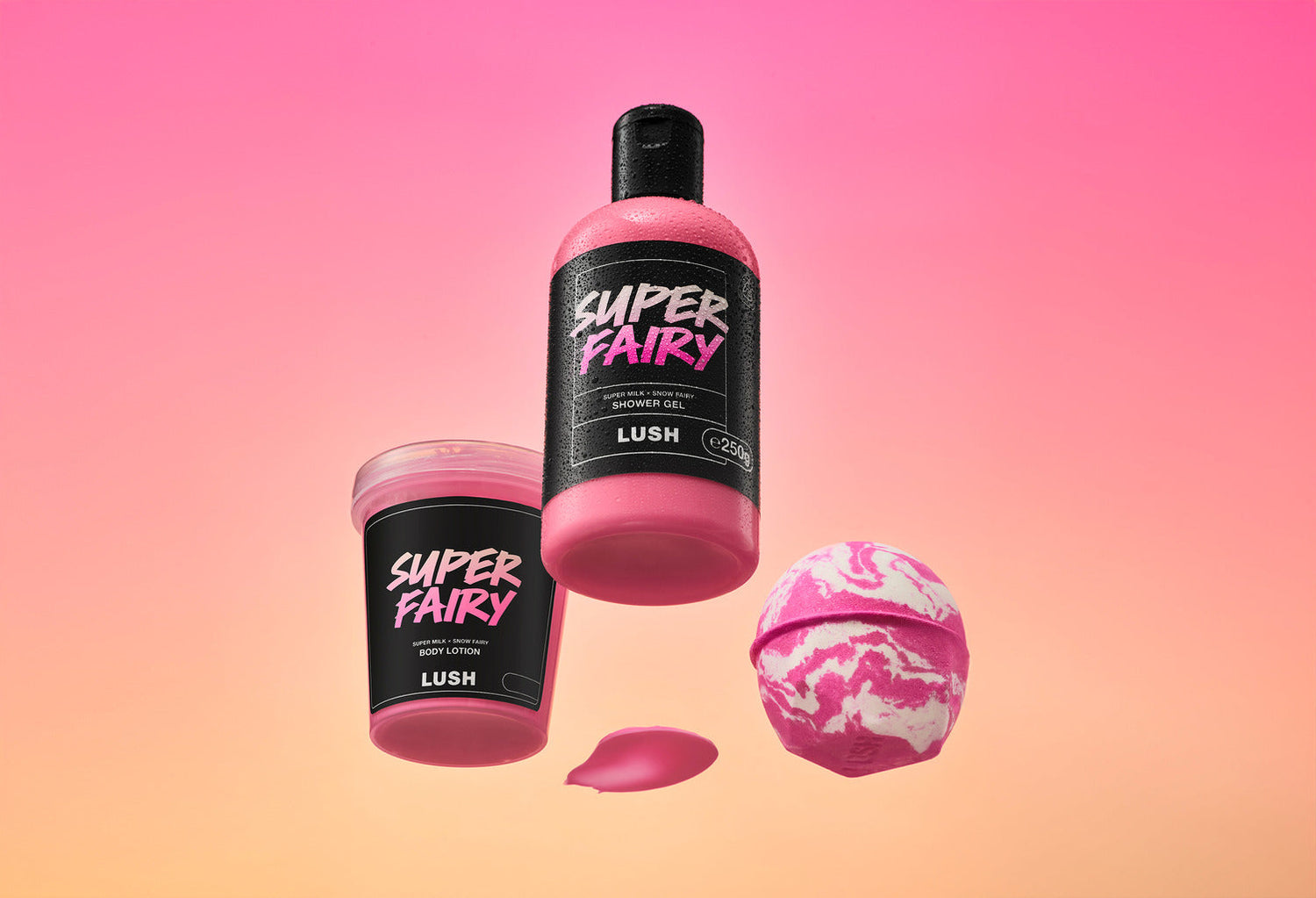Just how are banana trees helping to save forests and wildlife, and alleviate poverty in Zambia? We speak to the people who are turning wasted stems into beautifully designed gift wrap.
Quenching their thirst along the shore of one of the Luangwa River’s many oxbow lagoons, a herd of zebras lift their heads in salutation to the ascending sun as it peeks over the horizon. Wallowing hippos, foraging monkeys, semi-submerged crocodiles, paddling elephants, and gently grazing giraffes gather along this thriving waterway as if waiting for a morning roll call in what is widely regarded as one of the greatest wildlife sanctuaries in the world.
Home to a significantly high concentration of animals including over 400 different bird species, this 9000km2-strong area of eastern Zambia appears nothing short of paradise. But lurking behind this idyllic wonderland, lay dangers that threaten the survival of the region’s inhabitants, not the predators that roam here like lions and leopards, but issues such as deforestation, animal poaching, a lack of education and healthcare, and widespread poverty.
With over half of the country’s 16.6 million people earning less than the international poverty line of $1.90 USD per day, Zambia ranks among the countries with the highest levels of poverty and inequality. The vast majority (75%) of those living in poverty reside in rural areas, such as the many villages that can be found in South Luangwa. Hospitals are far away, there is little opportunity for education, and except for safari tourism, even less for work. Problems are exacerbated by poor environmental sanitation, which can lead to outbreaks of water and food borne diseases, such as cholera, dysentery and typhoid.
Desperate times have led to desperate measures, with many Zambians taking matters into their own hands, cutting down trees for firewood and illegally poaching animals to eat or sell.
A new hope
Then one day in 2007, Satoko Ekberg from Japan and her husband Peo from Sweden hit upon an idea together with local Zambian women and banana farmers, that wouldn’t only seek to restore the region’s abundant wildlife and its habitats, but would also aim to empower the local people living in the villages of South Luangwa, through training.
“Satoko and I have worked as environmental and sustainability consultants for over two decades,” Peo says, “we felt that lectures, writing books, and teaching at universities was not enough if nothing actually happens on the ground. So we decided to try it out ourselves. We call it ‘sustainability in reality’.”
Aware that more than one million tons of paper is used every day, the team wondered if there was an alternative; a holistically sustainable paper fibre that could satisfy economic growth in both Africa and beyond, while protecting the continent’s widely admired nature, wildlife and people. Then the answer came to them; bananas, or more accurately banana fibre.
“We understood that environmental destruction is a result of poverty, but poverty can also be a result of environmental destruction. So what if we could find something that could solve both those problems at the same time?” Peo says.
“Then we found banana paper, and its potential as a renewable resource. The world population has doubled since the 1970s, while paper usage has increased five times! This is unsustainable. Where will we find all the trees in the future?”
The most important ingredient of paper is plant fibre, which usually comes from softwood trees like spruce and pine, or hardwood trees like birch and, increasingly, eucalyptus, which can take between 7 and 20 years to reach a ‘harvestable’ size. However, banana plants take just a year to grow. After the fruit has been harvested, the farmers have to cut the stems down to allow new fruit to be produced the following year. The team realised that the banana plant stem, which had most often been thrown away as waste, contained significantly strong fibre, fibre that was perfectly usable for making paper.
“Banana trees can be used for paper while also providing food, protecting forests, reducing poverty and poaching, and supporting organic farming.”
Planting an idea
With the help of 23 local women and men, as well as 41 organic banana farmers from South Luangwa, the idea became a reality, and by 2011 the team had developed a streamlined hand-worked process that resulted in high quality, ‘tree free’ fibre. The team paid farmers for their stems which now complemented their income from banana fruits. The women take the ‘waste’ banana tree stems, chop them into sections, debark them, and repeatedly squeeze out the water using a wooden squeegee-like tool. Later the stringy fibre is wrung out by hand and strung up on a line in the centre of the village where the sun is at its strongest. From a distance the assembly looks like grass skirts hung on a washing line, but move closer and you can see separate strands ripple with the warm breeze like a mexican wave celebration. Once the fibre is bone dry the collection is bundled, packaged, and sent to the UK, where it is mixed with waste (recycled) paper and reformed into banana fibre paper.
Today the nonprofit initiative is known as One Planet Café Zambia, and has proved that it is possible to live, enjoy and do business within ecological limits. In 2014, the group taught themselves how to build a Banana Paper Factory, building it on a deforested piece of land in South Luangwa, with funding from Japan. The so-called ‘Green Factory’, which uses renewable energy (including solar power) and local, environmentally licensed and recycled materials, never uses chemicals in the banana fibre’s production, and it is now Fair Trade verified.
As well as regenerating biodiversity, with over 500 newly planted trees and an organic garden, the base is said to integrate all of the United Nations 17 Sustainable Development Goals, and it’s estimated that the benefits are now enjoyed by over 1000 members of the community. The ‘banana team’ and their families have an income, access to education, training, and a better way of life, including benefits such as health insurance, dental care, sick pay, and even bicycles. People in the area have received mosquito nets to reduce the risk of malaria, and hundreds of people have received solar panels and lamps to help spot and scare away scorpions and snakes when using the outdoor toilets and showers after dark. Solar lights have also been given to rural clinics lacking electricity and because the surrounding villages lack clean water, locals are invited to draw clean water for free at the Green Factory each morning and evening.
“We are currently in talks with Rwanda to set up a similar project there, and people from many other African countries have been in touch,” Peo responds when asked if this idea can be implemented elsewhere. “There is a great potential in banana paper and banana fibres, but only if it's done correctly, sustainably. We don't want to repeat the world’s ‘palm oil’ mistakes.”
From Zambia to the UK
After the banana fibre is prepared in Zambia, it’s sent to Frogmore Mill in Apsley, the birthplace of paper’s industrial revolution and the oldest mechanised paper mill in the world. Frogmore Mill is now operated by The Apsley Paper Trail, a conservation and education charity dedicated to maintaining, interpreting and presenting the unique industrial heritage of this vital industry and historic site. The mill still produces speciality paper, over 15 tonnes a year, on the world’s first research and development paper machine built in 1902.
Along one side of the production room sits the whirring, steaming, paper-making machine, which houses a lengthy conveyor belt that runs through an assault course of springs, cogs and pumps.
“It’s held together with gaffer tape,” jokes Gary Fuller, the master papermaker at the mill.
Specifically built for small scale experiments, the century-old machine was the perfect choice for finding the right balance between recycled waste paper and banana fibre, to produce the right paper for Lush’s packaging needs, which turned out to 75:25.
The waste paper, which is pulped on site, is mixed with the banana fibre and lots of water. After lots of sieving, sucking, squeezing, rolling and heating, the result is a smooth, flat, dry finished roll of paper.
The whole process is carefully watched over by Gary, who rather than rely on computers, uses all of his senses to judge the process based on two decades of experience.
Gary says, “doing the trials to find the right balance of fibres for the packaging job was exactly what the machine was created to do back in 1902 and, because of our unique flexibility, we are one of the few places in the world where the paper can be made cost effectively.”
After the banana fibre paper is reeled up, the naturally straw-coloured product is sent off to a small print company in Dorset, just 18 miles from the Lush factory, which not only shares our ethics when it comes to recycling waste, but is as passionate as us about pushing the boundaries with our unique and diverse papers in the range.
Photo courtesy of One Planet Café Zambia: Susan and Beatrice make fibre sheets.













